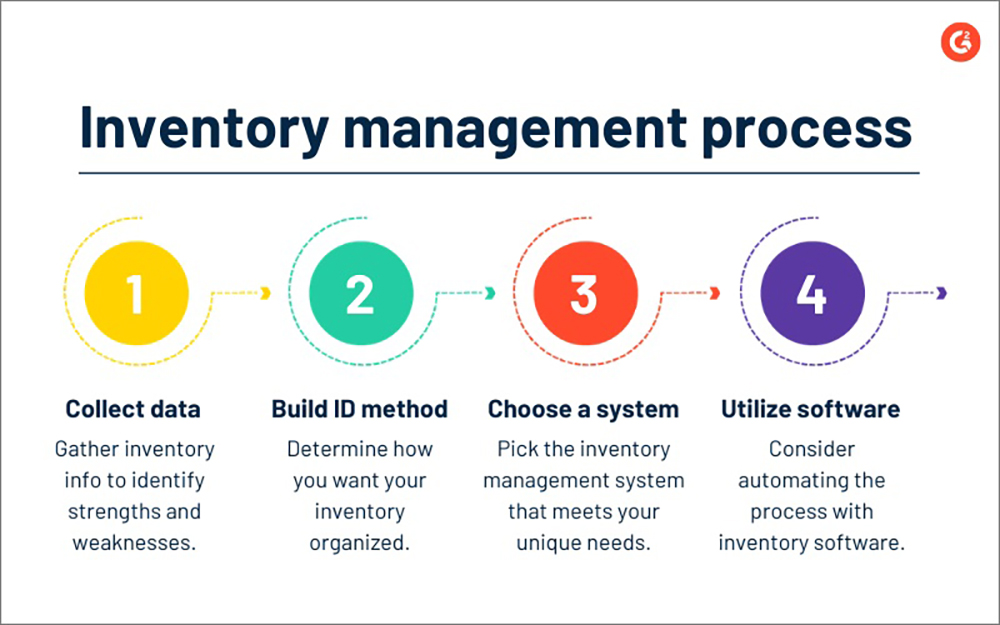Effective inventory management is crucial for the operational efficiency and cost control of any business, particularly for those manufacturing and selling Pickleball Paddles. This article provides a stepbystep guide to optimizing inventory management, including selecting appropriate inventory management software, setting safety stock levels, implementing the ABC classification method, conducting regular inventory counts, and setting reasonable reorder points.
Turning retailers into your salespeople is an effective strategy to boost product sales. This article explains how to achieve this by establishing partnerships, offering incentives, providing training and support, and maintaining continuous communication. These methods can motivate retailers to actively promote your products, increasing sales and market share.
Understanding the importance and influencing factors of Manufacturer's Suggested Retail Price (MSRP) is crucial when setting it. This article provides a detailed explanation of MSRP, its influencing factors, pricing strategies, and its role in the market, helping businesses to set a reasonable MSRP to ensure market competitiveness and maximize profits.
Choosing the right distributor is crucial for success in the pickleball market. This article outlines how to find and manage suitable pickleball paddle distributors by clarifying needs, conducting market research, evaluating qualifications, establishing cooperative relationships, and continuous optimization. It provides detailed evaluation criteria and a specific scoring table to help companies systematically evaluate and select high-quality distributors, gaining a competitive edge in the market.
This article explores the critical decision faced by businesses in the sporting equipment industry, specifically regarding whether to source Pickleball paddles directly from factories or through traders. It provides a detailed analysis of the advantages and disadvantages associated with each sourcing strategy. Direct factory purchases are highlighted for their cost-effectiveness and greater control over production, but are limited by high minimum order requirements and logistical challenges. Conversely, traders offer significant benefits in terms of flexible order handling and potentially better pricing for small batches, although they might incur slightly higher overall costs and provide less transparency. The article aims to help businesses assess these trade-offs to choose the best procurement strategy that aligns with their needs, capacity, and market dynamics.
Supply Chains

Xiaxitou No.471, Tongan District, Xiamen, Fujian 361100 – China
Quick links
- About us
- FAQs
- Product catalog
- How to cutdown cost
- Material introduction
- Production process
- Customized service








